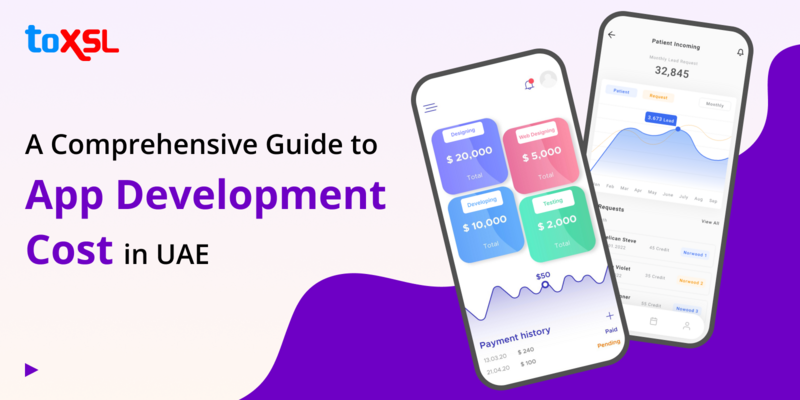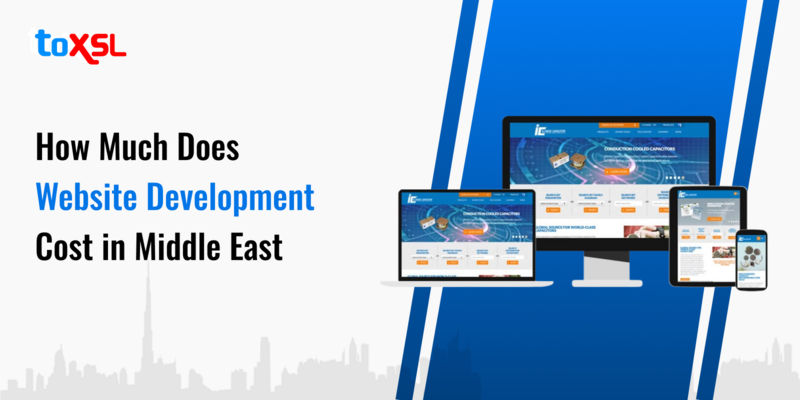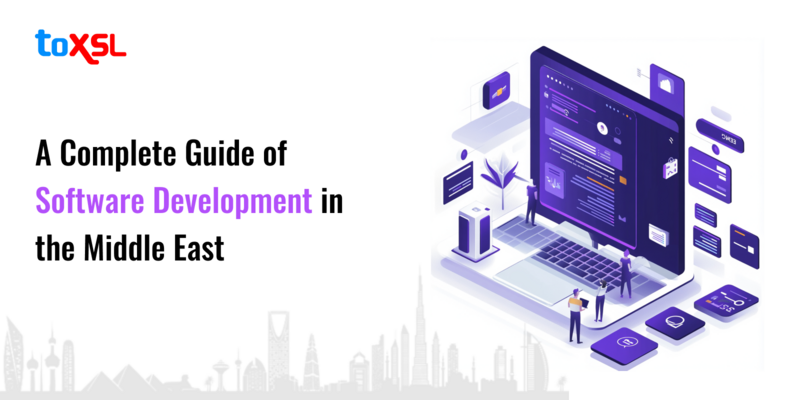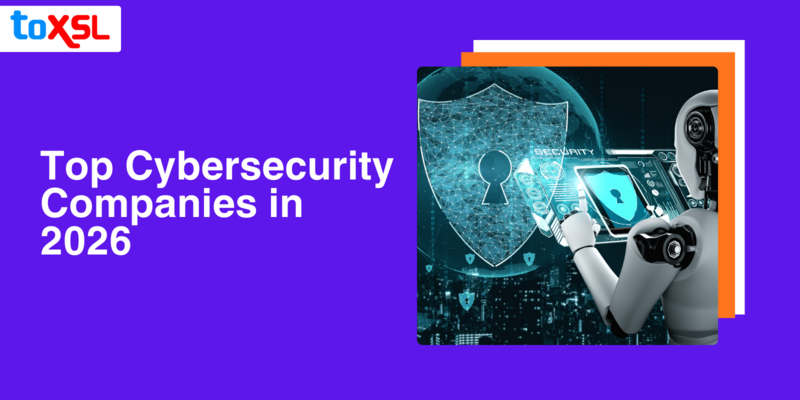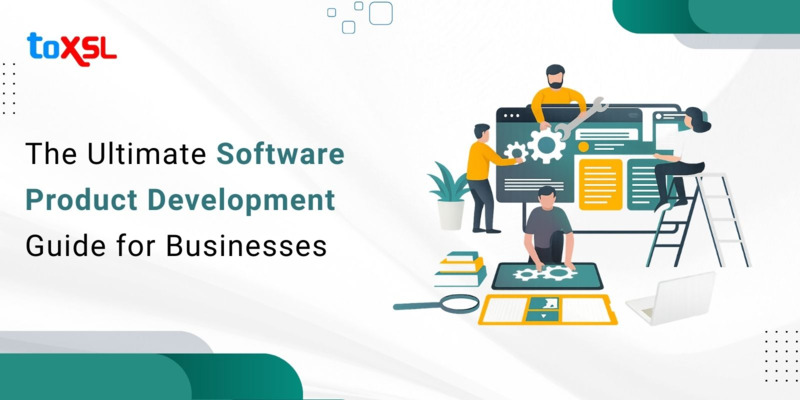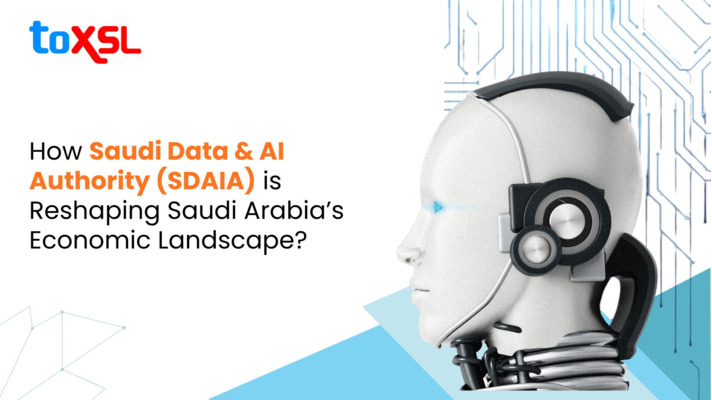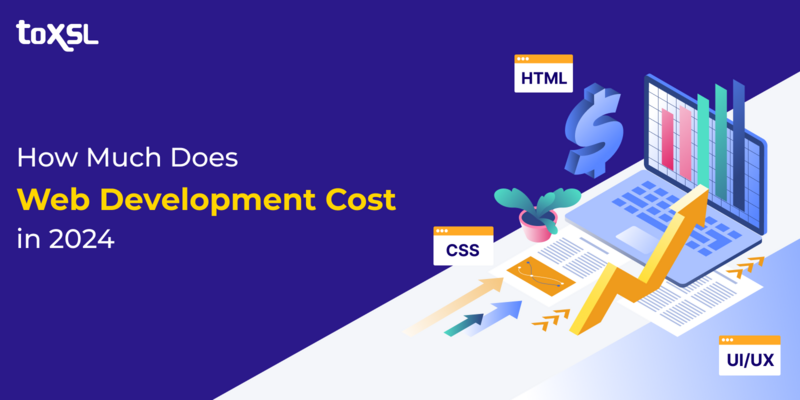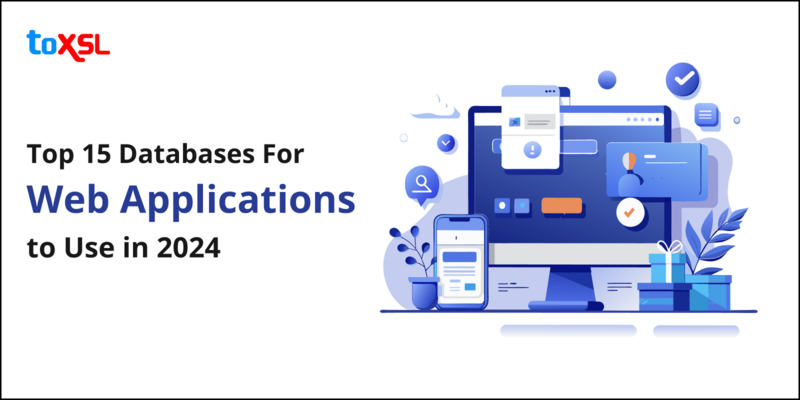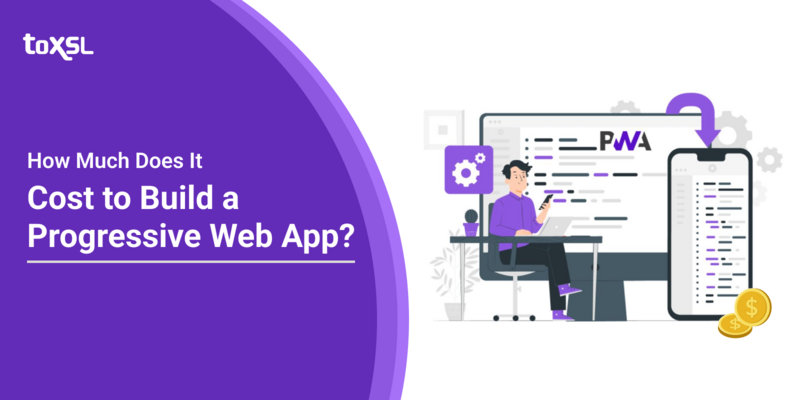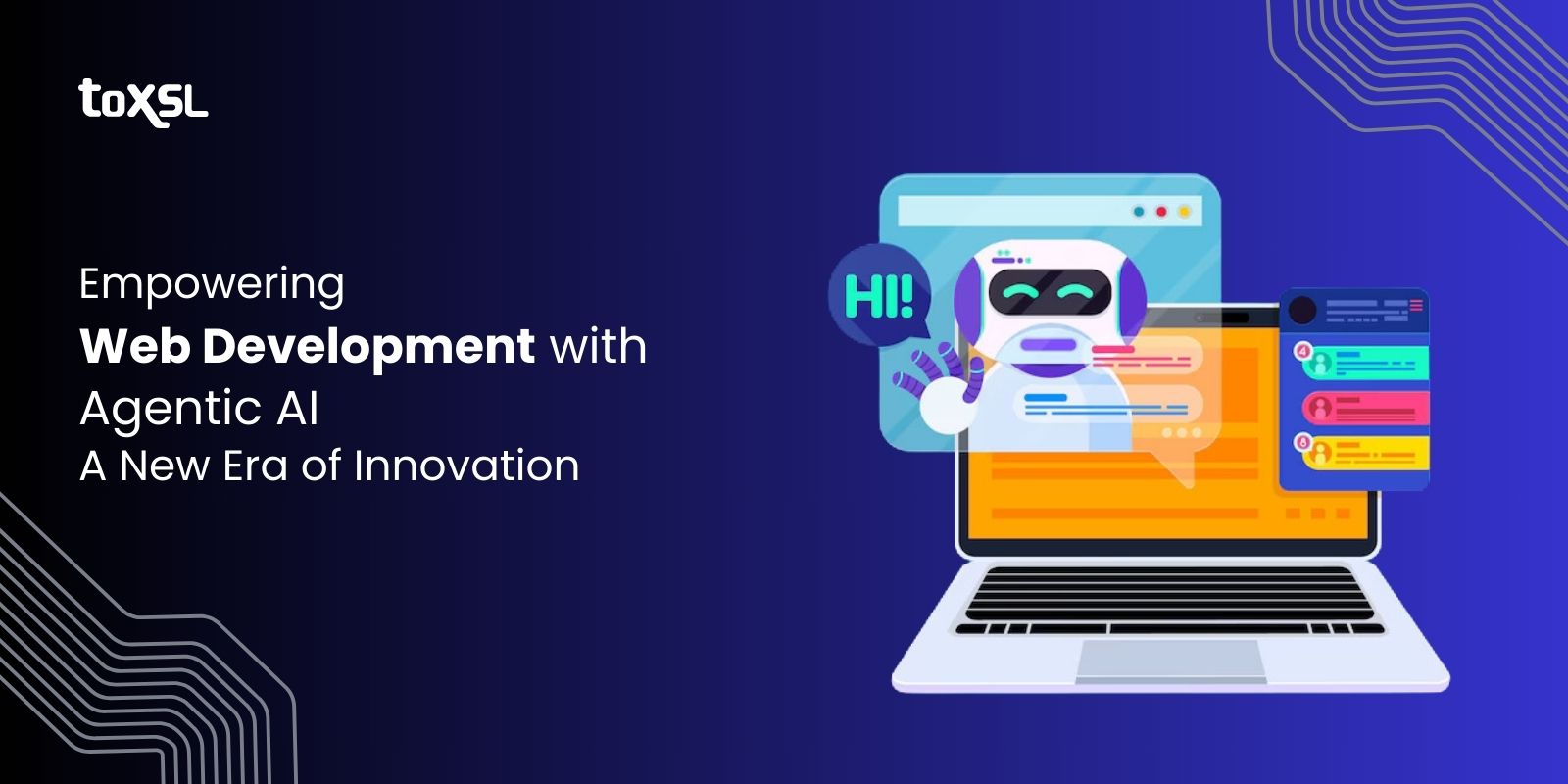
After Generative AI, the next frontier of AI is Agentic AI. It is part of the AI system that adapts in real-time and is capable of solving context and objective-based problems with ease. It uses sophisticated reasoning and iterative planning to autonomously solve complex and multi-step problems.
A report by Grand View Research states that the global market for Agentic AI is estimated to reach $120 billion by 2030. According to statistics, by 2028, 33% of enterprise software apps are expected to incorporate Agentic AI. Gartner says businesses can expect a 25% reduction in customer service costs. The future of Agentic AI is massive, and it is expected to automate 15% of day-to-day work decisions, enhancing business agility.
Deloitte’s insights have also highlighted that businesses that have incorporated AI in decision-making have seen a 20% increase in operational efficiency. Agentic AI can transform personalization across numerous sectors such as education, healthcare, entertainment, and shopping. McKinsey reports that businesses using AI for customization have seen massive increases in their sales. Let us learn more about Agentic Artificial Intelligence and its impact on web app development.
Working Process of Agentic AI
There are four steps involved in Agentic AI. They are as follows:
Perceive:AI agents collect and process information from different places, like sensors, databases, and digital tools. They do this by finding important details, recognizing objects, or identifying key things in their surroundings.
Reason: A large language model acts like a manager. It understands tasks, creates solutions, and organizes other models to do specific jobs like creating content, processing images, or suggesting things. This process uses methods like retrieval-augmented generation (RAG) to access special data sources and provide accurate and relevant results.
Act: Agentic AI can connect with other tools and software using special interfaces. This allows it to quickly do tasks based on its plans. To make sure AI agents do their tasks correctly, safety measures can be added. For example, a customer service AI might be able to handle claims up to a certain amount on its own, but bigger claims would need a human to approve them.
Learn: Agentic AI keeps getting better through a continuous feedback loop. This is like a "data flywheel" where information from its interactions is used to improve the system. As it adapts and becomes more effective, it helps businesses make better decisions and work more efficiently.
Key Use Cases of Agentic AI in Web Development
Agentic AI enhances web development by streamlining business operations and optimizing workflows. In this section, we will reflect upon the various use cases of web development:
1. Code Review and Refactoring:
Code review is critical for maintaining code quality, but it's often a bottleneck. Agentic AI can assist:
Automated Code Style Enforcement: The AI can automatically check code for adherence to coding standards and style guides.
Identifying Potential Code Smells: It can detect code that is complex, duplicated, or otherwise problematic.
Suggesting Refactoring Opportunities: The AI can recommend changes to improve code readability, maintainability, and performance.
Generating Explanations for Code Changes: When a refactoring is performed, the AI can automatically generate a description of the changes and their impact.
2. Automated Code Writing:
The most immediately obvious use case is automated code generation. We've had code completion tools for years, but Agentic AI takes this to a whole new level. It can:
Generate entire components from natural language descriptions: "Create a React component that displays a list of products, each with an image, name, and price, and includes a button to add it to the cart." The AI can then generate the JSX, CSS, and associated logic.
Translate designs into functional code: Importing a Figma or Adobe XD design, the AI can generate the corresponding HTML, CSS, and JavaScript to implement the design.
Expand on existing code snippets:
Provide a basic function, and the AI can generate the surrounding logic to integrate it into a larger system.
Implement API integrations: Describe the API endpoints and data structures, and the AI can generate the code for making requests and handling responses.
3. Intelligent Testing and Debugging:
Testing is a time-consuming and often tedious part of development. Agentic AI can automate many aspects of this process:
Automated Test Case Generation: Based on code and design specifications, the AI can generate comprehensive test suites covering edge cases and potential vulnerabilities.
Intelligent Bug Detection: The AI can analyze code for potential errors, security flaws, and performance bottlenecks.
Automated Debugging: When a bug is detected, the AI can analyze the code, identify the root cause, and even suggest or implement fixes.
Performance Testing & Optimization: It can simulate user load and identify performance bottlenecks, proposing code changes for optimization.
4. Continuous Integration and Deployment:
Agentic AI can significantly improve CI/CD pipelines:
Automated Pipeline Configuration: Define desired outcomes (e.g., "deploy to staging environment after successful tests"), and the AI generates the pipeline configuration.
Dynamic Branch Management: Automatically create, merge, and manage branches based on code changes and feature requests.
Rollback Automation: In case of deployment failures, the AI can automatically roll back to the previous version.
Security Vulnerability Scanning: Integrate vulnerability scanners into the pipeline and automatically trigger alerts or rollbacks based on the findings.
5. Customized User Experiences:
Agentic AI can be used to create more personalized and engaging user experiences:
Dynamic Content Generation: Generate content tailored to individual user preferences and behaviors.
Personalized Recommendations: Provide recommendations for products, services, or content based on user data.
Adaptive User Interfaces: Automatically adjust the user interface based on user behavior and context.
A/B Testing Automation: Continuously run A/B tests and optimize user experience based on real-time data.
6. Improved Collaboration:
Agentic AI can facilitate better collaboration between developers, designers, and other stakeholders:
Automated Documentation Generation: Automatically generate documentation for code, designs, and APIs.
Meeting Summaries & Action Items: Generate summaries of meetings and identify action items.
Contextual Code Sharing: Share code snippets with collaborators, automatically providing context and explanations.
7. Performance Monitoring:
Agentic AI goes beyond simple performance dashboards. It can:
Anomalous Behavior Detection: Learn the normal performance patterns of the application and alert developers to unusual behavior that might indicate a problem.
Root Cause Analysis: Automatically analyze performance data to identify the root cause of performance problems.
Automatic Scaling Adjustments: Automatically adjust server resources based on traffic patterns and application load.
8. Intelligent Web Applications:
Agentic AI isn't just about improving development processes; it's about enabling entirely new types of web applications:
Self-Healing Applications: Apps that can automatically detect and fix problems without human intervention.
Adaptive Bots: Bots that can learn from user interactions and improve their performance over time.
Dynamic Content Management Systems: CMS that automatically generates and curates content based on user data and trends.
Future of Agentic AI in Web Development
Agentic AI marks the next chapter of Artificial Intelligence due to its ability to plan and interact with a wide variety of tools and software. It is all set to revolutionize the entire web development cycle. AI agents can handle complex tasks, such as coding, testing, deployment, and maintenance. These agents reduce development time and minimize human intervention. Agentic AI is capable of making testing tools more intelligent, identifying edge cases, and refining strategies. Also, being able to combine agents from different providers encourages innovation. This allows for creating advanced and compatible solutions for knowing your customer (KYC). It gives developers an edge in providing strong and efficient ways to follow rules and regulations.
Conclusion:
Agentic AI has presented an unparalleled opportunity for web developers, helping developers see AI as a collaborative tool instead of a threat. So, if you are into a web development business, consider incorporating AI into your business.
ToXSL Technologies is a leading web app development company incorporating AI into its solutions, driving business growth. Want to learn more? Contact us today.

